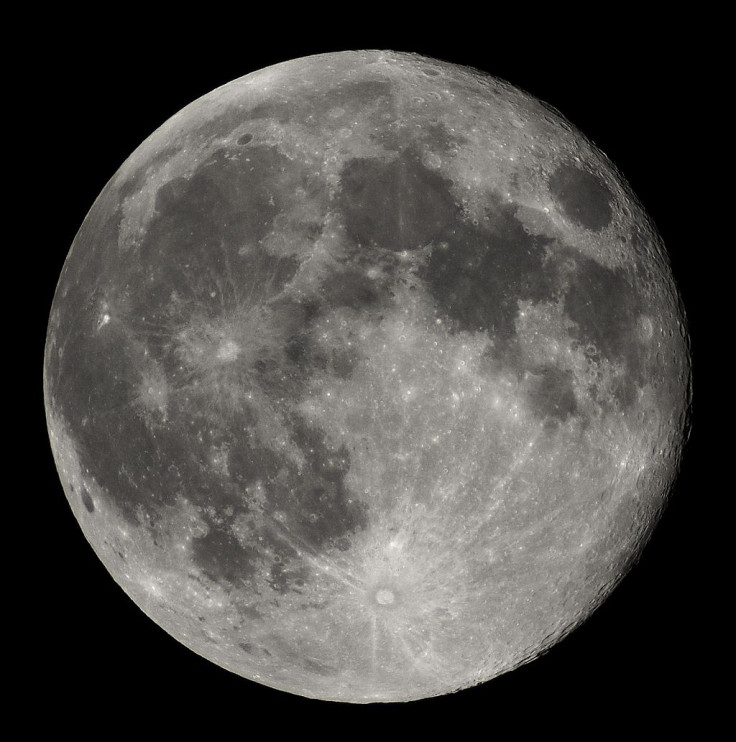Lunar Farside Highlands Problem: Why Dark Side of the Moon has No Face

A 55-year-old mystery of the dark side of the moon has finally been solved by scientists.
The Lunar Farside Highlands Problem questioned why the dark side has no face and was first noticed in 1959 after the Soviet spacecraft Lunar 3 transmitted the first images of the dark side of the moon to Earth.
The moon's face appeared after meteors struck it, creating large flat seas of basalt which appear as dark areas – the maria, or face. However, there is no maria on the dark side. "It was all mountains and craters. Where were the maria? It turns out it's been a mystery since the fifties," said Jason Wright, assistant professor of astrophysics at Penn State University.
Wright said the absence of the face is the result of the moon's original formation.
Published in Astrophysical Journal Letters, the authors note how the moon was probably created after a large object collided with Earth, with the outer layers of the planet being flung into space and eventually forming the moon
At the time, the moon was about 20 times closer to Earth than it is now. Researchers found it quickly assumed a tidally locked position, with its rotation time equal to the orbital period of the moon around the Earth. The researchers say the moon has probably faced Earth ever since.
"Shortly after the giant impact, the Earth and the moon were very hot," explained Steinn Sigurdsson.
Because it was much smaller, the moon cooled far faster than Earth, with the dark side cooling faster than the side facing Earth, which was kept hot by the burning planet.
This created a temperature gradient between the two halves of the moon and led to crustal formation.
Aluminium and calcium would have emerged on the cold side after condensing in the atmosphere.
"Thousands to millions of years later, these elements combined with silicates in the moon's mantle to form plagioclase feldspars, which eventually moved to the surface and formed the moon's crust," the scientists said in a statement. However, the dark side of the moon had far more of the minerals and is much thicker.
"Earlier in its history, large meteoroids struck the nearside of the moon and punched through the crust, releasing the vast lakes of basaltic lava that formed the nearside maria that make up the man in the moon.
"When meteoroids struck the farside of the moon, in most cases the crust was too thick and no magmatic basalt welled up, creating the dark side of the moon with valleys, craters and highlands, but almost no maria," they concluded.
© Copyright IBTimes 2025. All rights reserved.






















